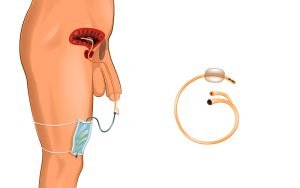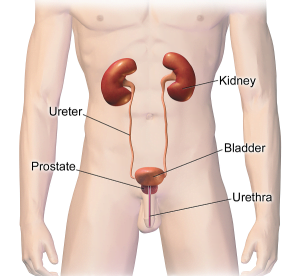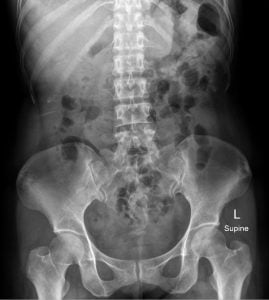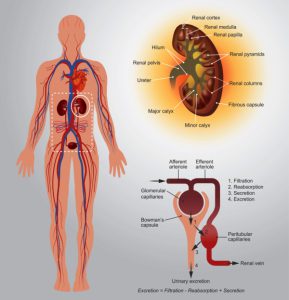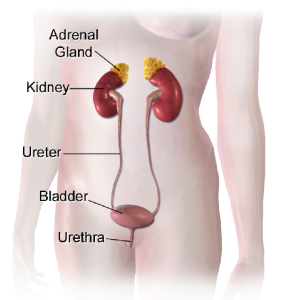Browsing: Urinary Tract Infection Graphics
Comprehensive Information, Resources, and Support on Urinary Tract Infection
A Foley catheter is an indwelling (left in bladder for a period) urinary catheter. It is named for Frederic Foley, the surgeon who first designed the catheter. Foley catheters are useful for both short and long periods (usage for long periods should be avoided to prevent infections). To avoid urinary tract infection, it is extremely important to clean the tube, change the drain collection bags, and wash the drainage bags. Foley catheters can lead to urinary tract infections which results in hematuria, foul-smelling discharge coming from the urethra, abdominal pain and inflammation in genitals.
Gonococcol Infection is a type of urethritis in which the bacteria are transmitted sexually through Neissera Gonnorrhoea, a bacteria which is sexually transmitted in the body. Some common symptoms and signs associated with Gonococcol Infection are arthritis or arthralgias, tenosynovitis, multiple skin lesions, etc. It can infect the urethra, throat, rectum and
A urinary tract infection (or UTI) is an infection in the kidney, ureters, bladder, or urethra, usually caused by bacteria. It is more common in women but can occur in men also. Men have lesser chances of UTIs than women because the length of urethra is longer in men making it difficult for the bacteria to travel to the bladder. In men particularly, prostate glands also secrete fluids that inhibit bacterial growth. Some common bacteria which lead to UTIs in men are E.coli, chlamydia and mycoplasma. Several diseases which increase the risk of UTI in men include prostatitis, epididymitis, diabetes, orchitis, pyelonephritis, cystitis, urethritis, etc.
Blood in urine is also termed as hematuria. In hematuria, the urine changes its color to pink, red or cola due to the presence of red blood cells. It is usually not painful at the initial stage. There are several causes of blood in urine such as urinary tract infection, bladder or kidney stones, enlarged prostate, etc. In many cases, blood in urine can only be detected through microscopic examination. In case of urinary tract infections, bacteria enter the body through the urethra and multiply in bladder. These infections lead to severe problems therefore should be treated at an easily stage.
The illustration shows an X-ray of a patient for urinary and kidney systems. The X-ray study of kidney, ureter, and bladder is known as KUB study. KUB study is helpful in diagnosing problems associated with the urinary and gastrointestinal systems. It is also helpful in determining the size and position of the bladder, kidneys, and ureter. When X-rays pass through body tissues and strike the specially treated plates (similar to camera film), a “negative” type picture is formed. These scans are beneficial in diagnosing intestinal blockage, urinary tract infections, certain tumors, kidney stones and certain types of gallstones.
The kidneys are bean-shaped organs that serve several essential regulatory roles in vertebrates. The image is an illustration of the anatomy of the body and kidney. The urinary tract is composed of two kidneys, the ureters, the bladder, and the urethra. Any infection in these four organs is considered to be a urinary tract infection. If the infection reaches to the kidney, it can be separately treated as a kidney infection (also known as pyelonephritis). Bacteria and viruses travel to the kidneys from the bladder and cause inflammation. Kidney infections are usually treated with antibiotics.
Urinary catheter is a tube inserted into the bladder of hospitalized patients through the urethra to drain out the urine. Infections can occur when the catheter may become contaminated upon insertion or bacteria (during bowel movement) may get on the catheter, the catheter is not sanitized or urine in the catheter bag may flow backward into the bladder. Catheter-related urinary tract infections (UTI) are more severe as they lead to immune system stress and cause long-term severe kidney infections. Prolonged use of catheters should be avoided and when used it should be removed as soon as they
One of every two women is susceptible to urinary tract infections (UTIs). Women are more prone to urinary tract infection due the anatomy of urinary tract. The length of urethra to anus is short which makes it convenient for the bacteria to travel to the bladder. Most common bacterium which causes UTI in women is E.coli. Unprotected sex, kidney stones, use of urinary cathetars, pregnancy, etc also lead to UTI issues in women. Antibiotics are used as first line treatment for UTI’s. Hygiene and drinking lots of fluids can help to avoid UTIs.
ADVERTISEMENT




